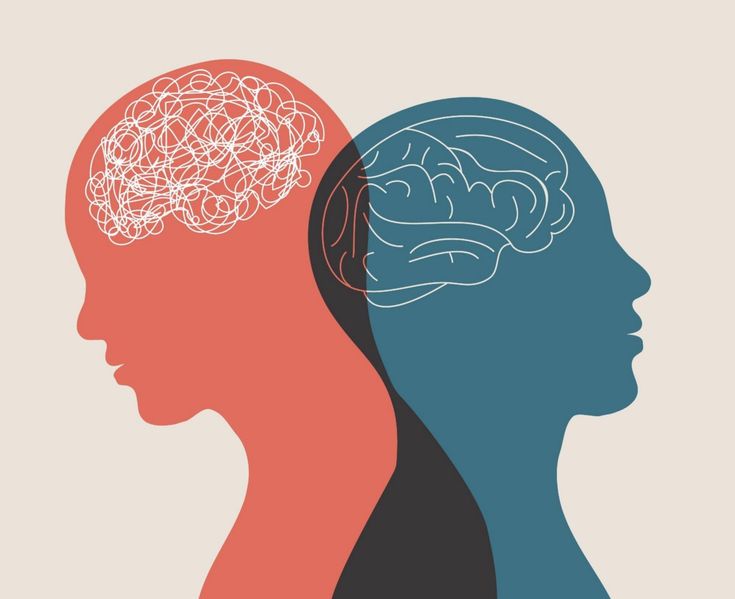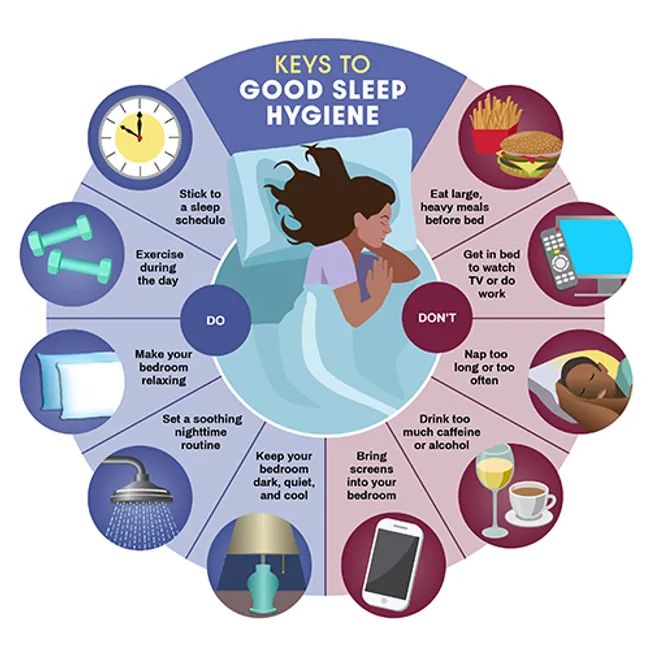So this morning we all woke up and we had to make a series of decisions. Let’s say the first thing we do is we go into our closet and have to pick out what shirt wear you want to wear. Next, we go into the bathroom and choose from a variety of different fragrances. Once we’ve gotten ourselves all ready for the day, let’s say we sit down at the breakfast table and start swiping left or swiping right on a potential date. After all that, we’re ready to go to work. We get in our car and we have to figure out what to listen to on the radio. While we’re flipping through the stations, it might sound a bit like this:
Okay, so all these choices: what’s where, what to smell like, who to date, what to listen to—these are what I would call aesthetic judgments or aesthetic decisions. Basically, what that means is just deciding what we like or what we find appealing versus what we dislike or find unappealing. Over the course of our lifetimes, we’ve built up our own unique aesthetic preferences or tastes to the point that making these types of decisions almost comes like second nature. It’s really easy for us to do. Like in the case of the car radio, it seemed like we were able to flip through the stations within a few seconds. So in my research, I’m interested in figuring out exactly how much time it takes before we can tell whether or not we’re gonna like a piece of music. And really, not just how quickly can we decide, but do those snap judgments, those quick decisions, actually line up with what we would decide given more time. So if I had just stayed on that first station a little bit longer, would I’ve eventually stuck with it? Or did I make the right decision to switch? In my work, I have kind of come to the conclusion that the snap judgments actually are quite accurate. And in the next few minutes, I’m going to lead you through some of the experiments that have helped me come to that conclusion.
So let’s start with the science. The first experiment I did, we had participants come into the lab and they listened to pieces of music. These were electronic, jazz, and classical excerpts. And the whole point was to try and see how quickly can people make aesthetic judgments of music. So we varied the amount of time people heard each clip, ranging from milliseconds to seconds. Here’s an example of what milliseconds worth of music might. So they would hear that and then they’re asked, “How much do you like this piece of music? Rate it on a 1 to 9 point scale.” 1 being you don’t like it, 9 being you like it a lot. So let’s say we gave that a 2. Then they would hear the same piece for milliseconds. Then we rate that again. Then they heard it for milliseconds, rated it again. And milliseconds, and rate that again.
This is a little bit of an artificial scenario. They weren’t hearing the same exact piece over and over again. They heard all of these pieces in a mixed-up order. So the point of this is to see at what point do their decisions on these time durations line up with what they would decide if they listened to the entire piece of music. Well, we don’t have enough time to have everybody listen to full 4-minute pieces of music, so we use second clips as our long clip. Okay, so they heard seconds, and then we asked them again, “How much do you like this piece? 1 to 9 point scale.” And let’s say we gave it a 5. So then what we did to score the data is we compared all the earlier trials to the last trial to see when they matched up. So in this case, the ratings on the milliseconds, milliseconds, and milliseconds trials were the same rating that they had given on the second trial. So we scored those trials as correct because they matched up with our final rating. The first two trials were then scored as incorrect. So in the next slide, I’m going to plot you the data for all the trials across all the participants. Here on the y-axis is the percentage correct, and on the x-axis represents those different time durations. The most important part I think of this graph is the horizontal dotted line which represents what you would expect given chance performance. So that’s the percentage correct we would expect if people were just randomly putting numbers in. So what I was looking for is when do these diagonal lines cross the chance performance line. And the three colors represent the three different genres of music. What’s shown in this graph is that at milliseconds for all genres, people were performing better than chance, which is pretty fast. It’s quite a bit faster than our example of the car radio, which we had estimated to be several seconds. So people make snap judgments and they’re pretty accurate. But something I noticed from looking at these data was that there’s going to be a difference between the classical and the electronic in jazz. Electronic and jazz people were even quicker at judging. They were able to do that at the milliseconds clip. So I thought, okay, could this be due to familiarity? Our participants are undergraduate students, maybe they’re really into EDM and jazz music and they were better able to judge things they were more familiar with. So we did another version of this experiment directly testing this question. The stimuli we used in this experiment were not classical, electronic, and jazz. They were pop music, and half of the pieces of music were familiar (these were hit singles) and half of the pieces were unfamiliar. So the familiar hit single might. Okay, so the unfamiliar pieces were songs by the same artists, just not their hits. So they were the B-sides. Okay, so unless you’re a huge fan, you probably didn’t recognize the second song, but you did recognize the first one. And we did a pretest to make sure that our familiar pieces were actually rated as being more familiar. Then we did the same exact experiment as the last one. We had people listen to these familiar and unfamiliar pieces, rate them at all the different time durations, and then see where do their ratings match the rating of the second piece.
So the next slide is gonna plot the same exact figure just with these new data. What’s shown up here is that the dotted line are the familiar pieces, the straight line are the unfamiliar pieces, and for both groups, people were above chance performance at milliseconds. So this is similar to what we saw for the jazz and electronic pieces, but there was no difference between the familiar and unfamiliar pieces until we got out to the later time duration. So at one and two seconds, people were more accurate for familiar pieces of music. So this is refining the conclusion a bit that people make these snap judgments and they’re quite accurate, but you do get information added over time. This led to another question: how much information is added over time and for how long do you reach a certain point where the information you’re getting is no longer going to influence your decision? So we did a final version of this experiment looking at longer pieces of music. In this task, we played the same original electronic, jazz, and classical clips, but first 60 seconds each. And during the time the participants were listening to the music, we asked them to rate how much do you like this music right now. And they used a rollerball mouse to move a visual slider, like up here from the left meaning I don’t like this part right now, to the right meaning I do like this part right now. So I’m going to give you a brief Okay, that was only ten seconds. The real clips were 60 seconds long. But let’s say we plot that response with liking on the y-axis, that rating, and time on the x-axis. It might look something like this. So in addition to this continuous rating during the music, we also asked participants the same old question: how much do you like this piece of music overall? Give me a rating. And so let’s say in this case they rated it a 5.
And then the outcome of this was to classify the pieces as being most liked or least liked based on that overall rating and then to see do these curves diverge at any point between the clips you ultimately liked and you ultimately disliked. So what I have plotted in this graph here is on the y-axis that continuous rating curve and they’re separated for the most like clips, those are the clips people rated the highest overall, and the least liked clips, where the clips people rated the lowest overall. And the lines, you can just see eyeballing it, start to diverge pretty quickly within the first few seconds. I was interested in what’s the earliest point I can detect a significant difference between these two lines, and that happened to be three seconds. So pretty darn quick. Three seconds is not the same as milliseconds, but in this case with having to make a motor movement, we wouldn’t expect it to be that quick.
So this is going to reinforce the conclusion that people make pretty accurate initial quick judgments of music, but also it’s evident in this graph that there is information added over time. That 10 seconds looks different than 60 seconds. But what seems to be the case is that people make a decision and they stick with it. So you say I like this song, and you just like it more and more the more you’re listening to it. So as you get back in your car to drive home today at the end of this event, hopefully you can feel pretty confident that whatever radio station you end on is the right one for you. At least from my research, I’ve kind of come to the conclusion that the old adage of go with your gut ends up being true. And hopefully we can take away from this that we should trust our intuitions about what we like and what we dislike.



